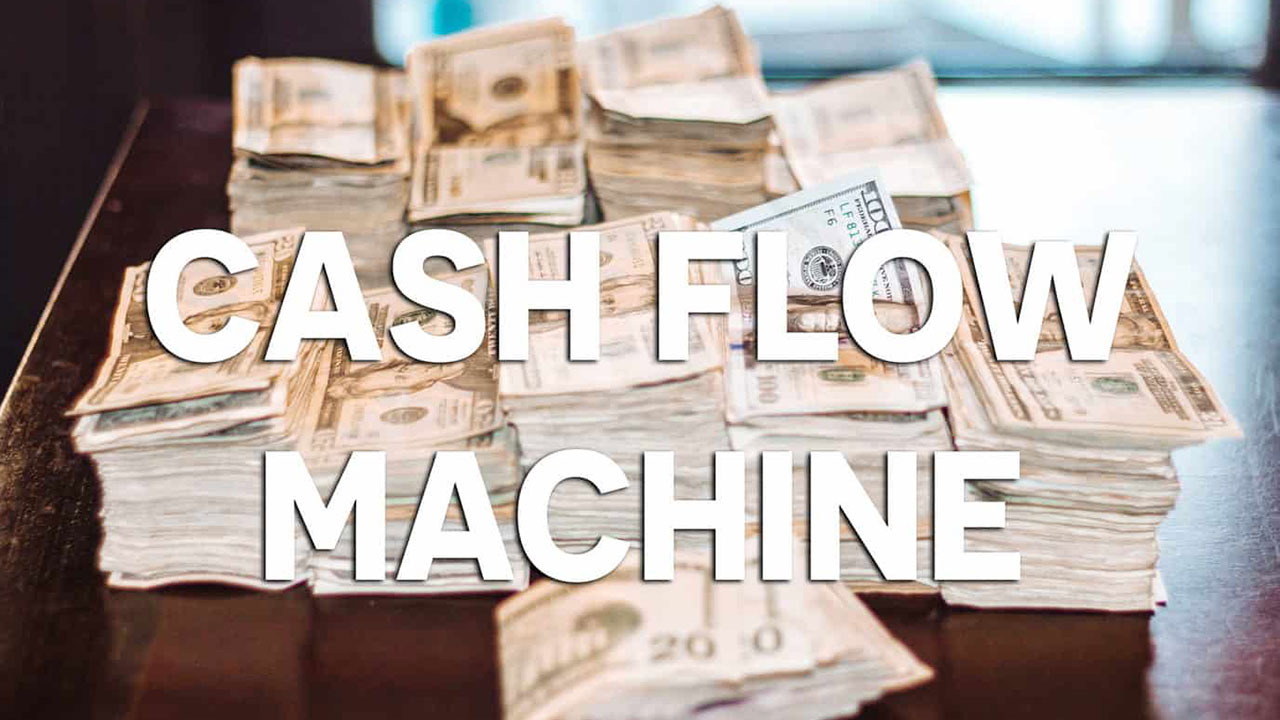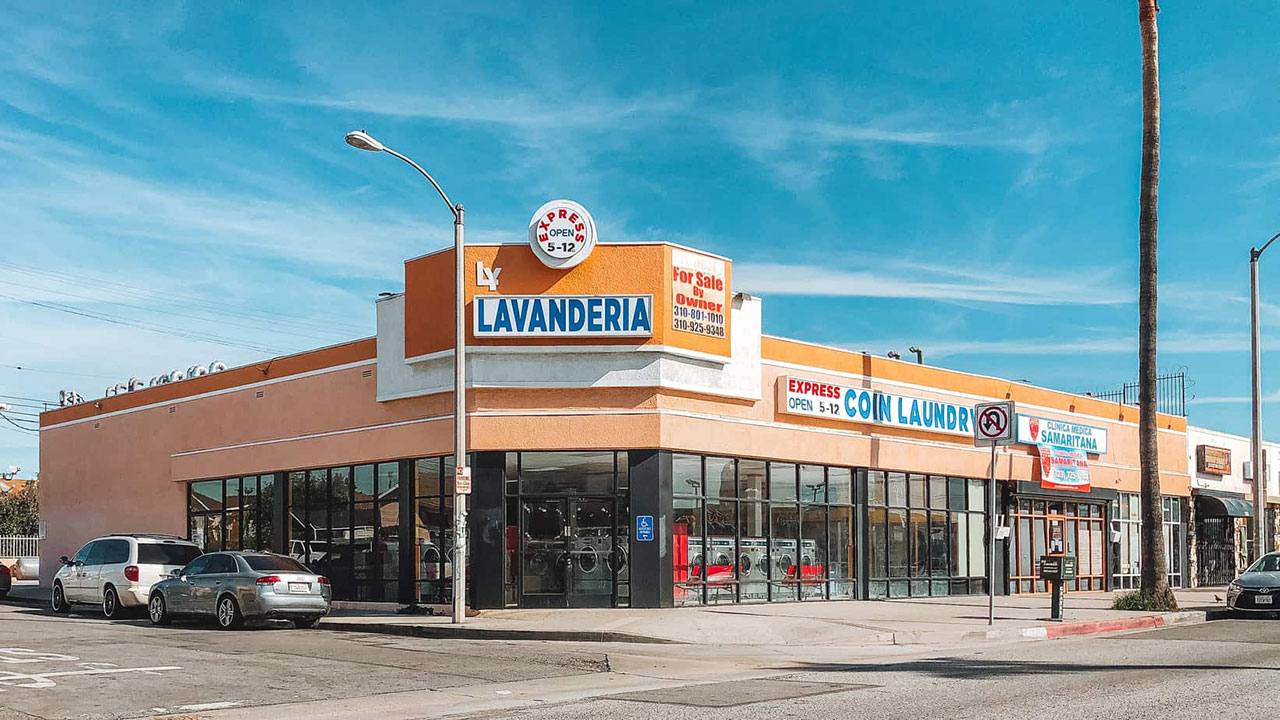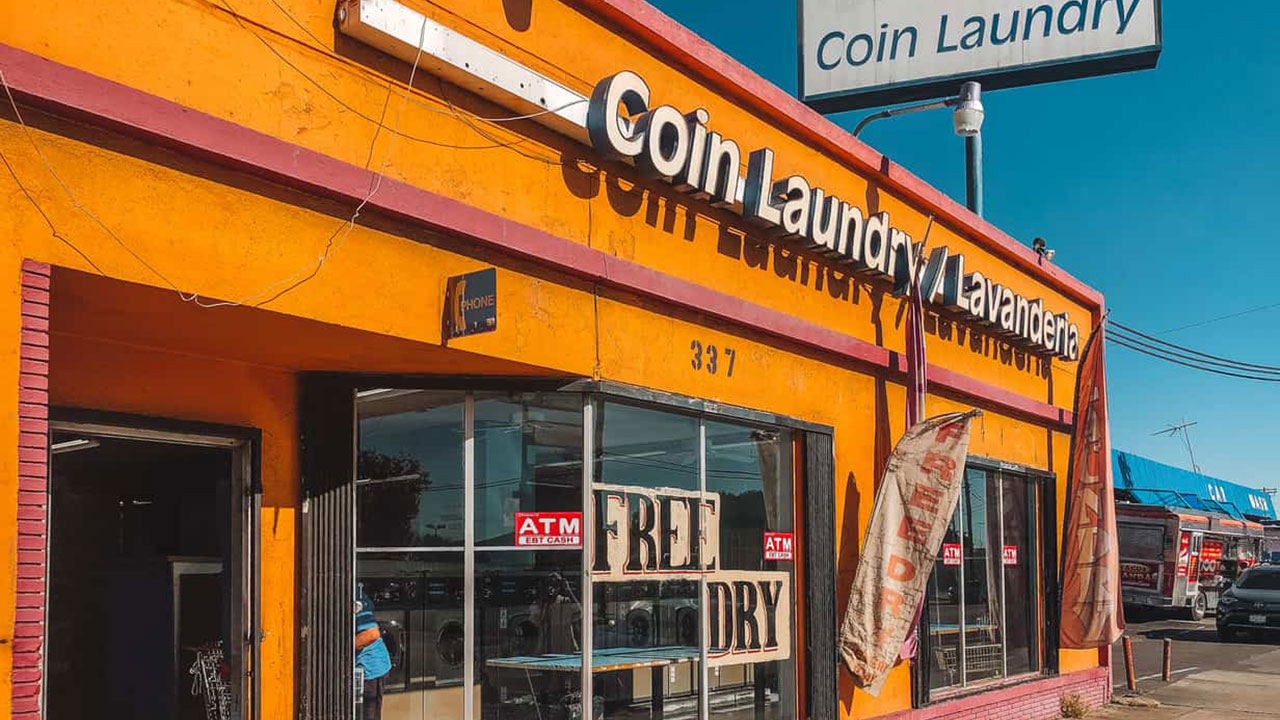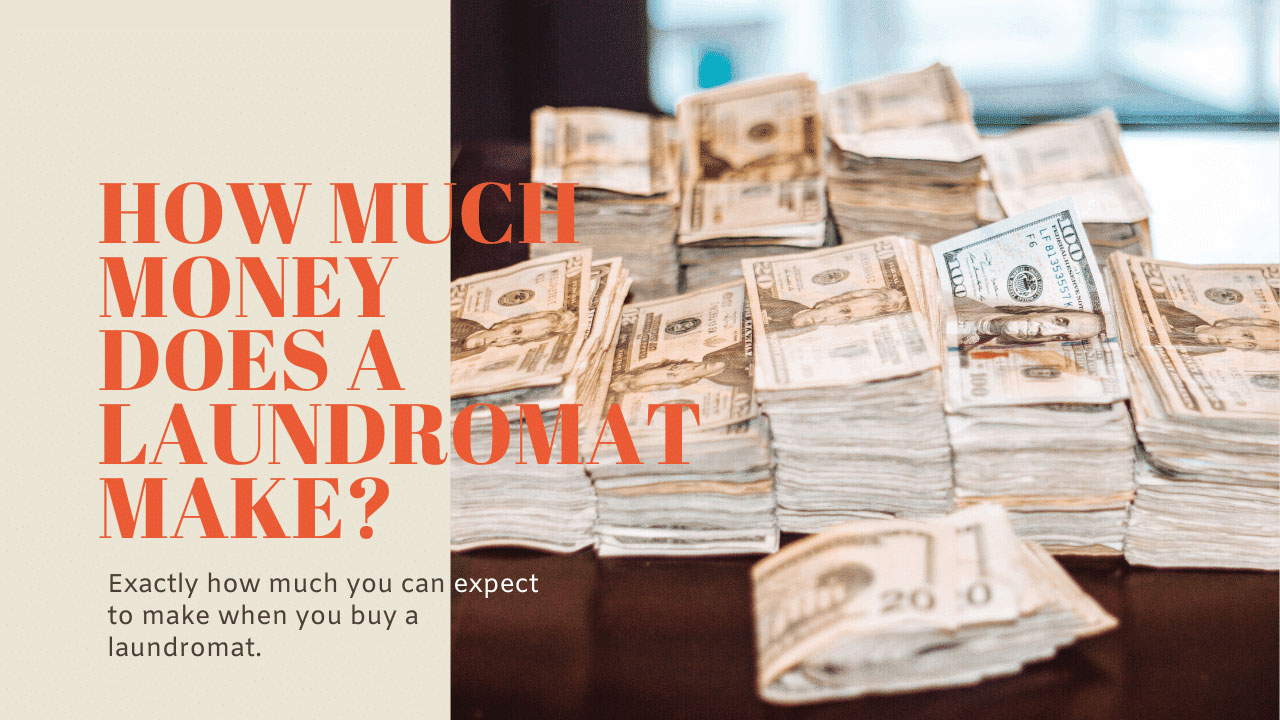You can make a fortune by owning a laundromat business. They are cash based, simple businesses that don’t require a lot of your time to manage. But, exactly how much does a laundromat make in a year on average?
How much does a laundromat make in a year? A typical laundromat returns between 25%-35% return on investment (ROI). Purchasing a laundromat for $250,000 will make between $62,500 and $87,500 in a year.

How Much Can You Make Owning a Laundromat?
There are many factors to consider when determining how much money you can make with a laundromat. If you are buying an existing store, they will typically sell for about 3.5x-4.5x the net operating income (NOI), or its income minus its expenses, not counting loan payments. This means that you should see pretty stellar returns on your investment in a laundromat business.
There are a lot of great reasons that you should consider buying a laundromat, but the fact that you can make a lot of money relative to the investment in the business makes laundromat ownership very attractive.
But exactly how much money does a laundromat make in a year? We put together this table below to help you determine how much you can make owning a laundromat.
What Determines a Laundromat’s Price?
What determines a laundromat’s price? The price of a laundromat is determined by a 3.5-4.5 multiple of the net operating income. Its location, condition, and systems in place determine if that multiple will be higher or lower. A laundromat that is located on a busy street, has new equipment, and has automated systems will command a higher price than one that has poor visibility from the street and has aging equipment. There are pros and cons to buying each type of laundromat.What Kind of Laundromat Should I Buy?
When buying an existing store, you have the option of purchasing a turn-key laundromat or one that needs improvements. A turn-key laundromat is one that has newer equipment, a polished look, and established systems. One that needs work may need an equipment upgrade, renovations, or a solid marketing campaign to rehab it’s reputation in the community. There are pros and cons to each type of laundromat.Turn-Key Laundromat

Fixer-upper Laundromat

